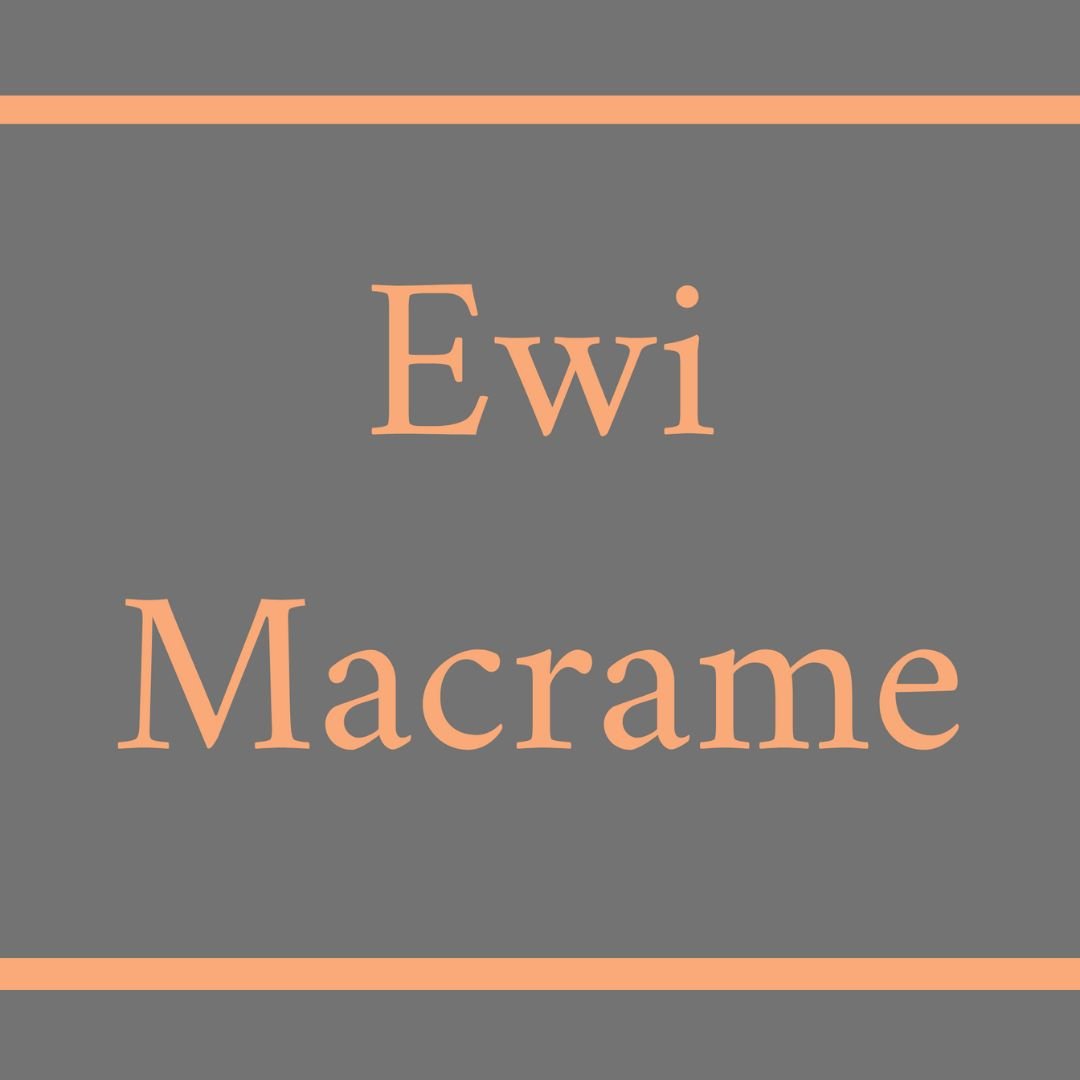Sustainable Micro Macrame: Organic Fiber Guidebook
While synthetic options dominate the market, natural fibers like cotton, linen, and hemp still hold a special allure for artisans and boho enthusiasts. In this guide, we’ll explore the possibilities of using these organic materials in micro macrame, highlighting their unique strengths and challenges. By getting to know their distinct qualities, you’ll be able to craft beautiful, eco-friendly pieces that seamlessly blend artistry with sustainability.
Quick Overview: Benefits and Challenges
Discover the benefits of organic fibers: cotton, linen, and hemp.
Pros: affordable, eco-friendly, versatile, and accessible.
Cons: varied thickness, breakage, and tangling.
Learn which fiber works best for different projects.
Watch a video of a miniature owl crafted from cotton.
Affiliate Disclosure: I may earn commissions from products mentioned in this post, which helps support our site and content creation #ad #etsycreatorco
Pros and Cons of Organic Fiber for Micro Macrame:
Pros:
Affordability: One of the primary advantages of natural fibers is their reasonable price point. Cotton, linen, and hemp are readily available at affordable prices, making them accessible options for artisans on any budget.
Environmental Friendliness: As biodegradable and renewable materials, natural fibers promote sustainable development, reducing reliance on synthetic materials and minimizing environmental impact.
Versatility: Natural fibers offer remarkable versatility in micro macrame projects. From intricate designs with ultra-thin linen threads to rustic charm with 5 mm cotton cords, they provide endless opportunities for creative expression.
Aesthetics: Organic fibers impart an organic, earthy aesthetic to your creations, enhancing their appeal with natural colors and textures.
Accessibility: Natural fibers are easy to find both online and at local sewing supply stores, ensuring consistent availability for your creative endeavors.
Cons:
Varied Thickness and Strength: Unlike synthetic fibers, the same thread of natural fibers can significantly differ in thickness and strength, posing a challenge during the crafting process.
Risk of Breakage: Natural fibers are prone to breakage, which can be frustrating, especially when working on intricate projects that require precision and delicacy.
Unraveling Issues: If a mistake is made and unraveling is necessary, it can be challenging with thin natural fibers.
Tangling with Long Threads: Natural fibers are susceptible to tangling, demanding patience and skill, especially with longer threads.
Challenges Ahead:
Natural fibers do not melt, presenting challenges for finishing projects. However, leaving threads loosely hanging can enhance the aesthetic, particularly for boho-style wall macrame projects.
For smaller projects, you might want to draw inspiration from Margaretenspitze techniques, initially employed solely with natural fibers and concluded using a needle or, in contemporary modifications, textile glue.
Linen, Hemp, or Cotton?
Brief characteristics of the selected types of threads:
Thin linen threads tend to break, and the rough texture may cause fatigue in fingers during prolonged knotting.
The natural structure and subtle scent of linen introduce refined aesthetics and rustic charm to micro macrame creations.
Despite a limited color palette compared to cotton, linen threads are ideal for projects that require durability and sophistication.
Example: Tree of life decoration crafted from linen, showcasing intricate knotwork in natural shades.
Hemp:
With qualities similar to linen but featuring a thicker texture, hemp threads offer increased durability and robustness.
Projects made with hemp threads are stiffer than those made with cotton, maintaining their shape and preventing deformation.
Example: An unfinished macrame earring crafted from hemp threads that will retain its shape.
Widely available in a full spectrum of colors and relatively inexpensive, cotton cords are popular among macrame enthusiasts.
Less stiff than hemp or linen, cotton threads result in more flexible projects that are easier to knot and manipulate.
Commonly used as a thicker cord for wall decoration macrame projects due to its softness and pliability.
Example: A miniature owl crafted from cotton, blending playful elegance with sustainable craftsmanship.
Crafting micro macrame with organic fibers is a harmonious blend of ecological awareness and artistic expression. Understanding the pros and cons of materials like linen, hemp, and cotton empowers nature lovers to embark on a creative journey that showcases their craftsmanship while honoring the beauty and resilience of the natural world. Whether crafting intricate jewelry, decorative wall hangings, or whimsical additions, organic fiber micro macrame offers endless possibilities for sustainable creations that stand the test of time.
View PDF tutorials by EwiMacrame on Etsy | Upcycling with Micro Macrame



